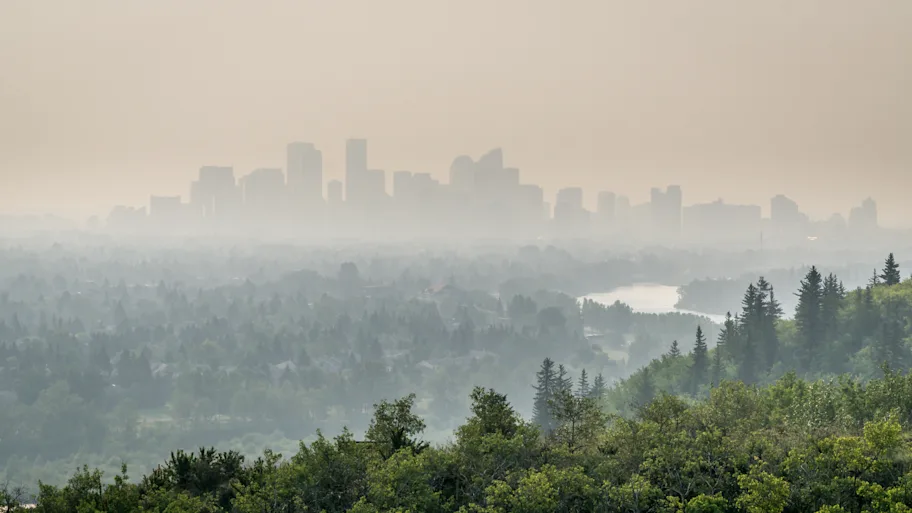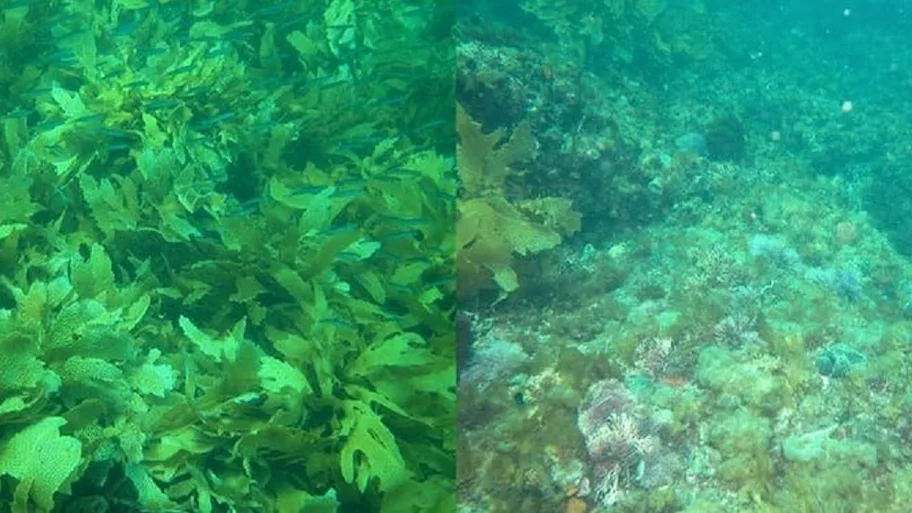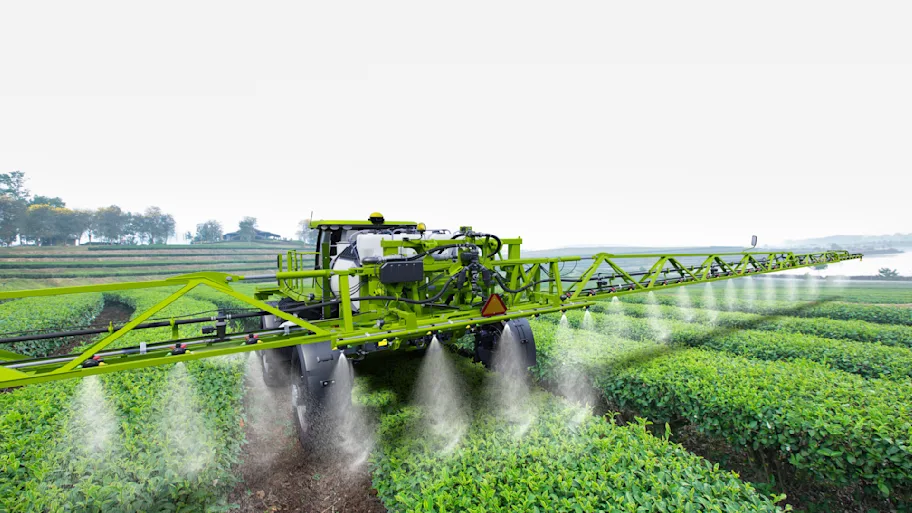
- Science news
- Featured news
- Wildfires can raise local death rate by 67%, shows study on 2023 Hawaiʻi fires
Wildfires can raise local death rate by 67%, shows study on 2023 Hawaiʻi fires

Wildfires are growing more intense and more frequent, thanks to the climate crisis. Now new research shows just how much they cost communities. Researchers investigating the fatalities associated with severe wildfires in August 2023 in Lāhainā, Maui, Hawaiʻi, found that 82 more local people died that month than would have been expected — a 67% increase over the usual death rate. During the week of 19 August, deaths were 367% higher than normal. The researchers call for a radical rethink of fire prevention and preparedness to prevent destructive fires and save lives in the future.
New research unveils the true death toll of the deadly August 2023 wildfires which took place in Lāhainā, Maui, Hawaiʻi — and which temporarily made wildfire a leading cause of death in Maui. By comparing death rates over time, the scientists found that two-thirds more people died that August than would have been expected. To stop this happening again, the authors say, major policy changes are needed, ranging from removing flammable invasive vegetation to improving disaster preparedness.
“Wildfires can cause a measurable, population-wide increase in mortality, beyond what is captured in official fatality counts,” said Michelle Nakatsuka of the Grossman School of Medicine, co-first author of the article in Frontiers in Climate. “This suggests the true toll of the Lāhainā wildfire was even broader than previously understood.”
“It also points to the need for prevention strategies that go beyond reactive wildfire control,” added Nakatsuka. “As Native Hawaiians, the co-first authors are especially hopeful that wildfire mitigation strategies will center kānaka maoli perspectives, including the restoration of traditional agroecological systems.”
Fire risk
As the climate crisis makes wildfires more common and destructive, understanding the full extent of their impact is critical to mitigating it. To capture the wide range of possible deaths attributable to the fires, the authors calculated the all-cause excess death rate: this is how many more deaths took place over a given period than would have been expected. They trained a model on demographic data from Maui County from August 2018 to July 2023 and weighted the analysis to exclude deaths caused by Covid-19.
“Wildfires can cause death in a variety of ways,” said Dr Kekoa Taparra of UCLA, co-first author. “In this case, recent reports suggest many deaths were due to direct exposure, smoke inhalation and burns. Others likely stemmed from disruptions in healthcare, like not being able to access critical medications or emergency treatment. Wildfires can also exacerbate pre-existing conditions.”
The researchers found that in August 2023, 82 more deaths were reported than expected: an excess death rate of 67%. In the week of 19 August, the rate was 367% higher than expected compared to previous years. 80% of these deaths didn’t take place in a medical context, 12% higher than in other months, suggesting some people never reached medical care because of the fires. At the same time, the proportion of deaths with a non-medical cause rose from 68% to 80%.
This differs slightly from the official fatality count of 102, although it’s very close to the 88 fire-related deaths reported in August 2023 by the CDC.
“We think this might reflect a temporary drop in other causes of death, like car accidents, during the fire period, similar to what we saw during Covid-19, when deaths from some non-Covid causes dropped during lockdowns,” said Nakatsuka. “It's also possible that some deaths occurred after the August time window we studied, for example from missed treatments or worsening of chronic conditions.”
Read and download original article
The scientists point out that there are some limitations to this analysis. For instance, the data is not geographically granular enough to identify whether the death toll was particularly high in Lāhainā itself.
“Our study only covers a short time window, so we can’t speak to longer-term mortality impacts,” explained Nakatsuka. “Excess mortality models also can’t determine exact causes of death, and we didn’t have access to detailed death certificate data like toxicology reports or autopsy findings. Still, we believe this type of analysis offers important insights into the broader health impacts of disasters like the Lāhainā fire.”
Planting the future
To protect Hawaiʻi from similar tragedies in the future, the researchers call for improved disaster preparedness and investment in the restoration of Native Hawaiian plants and agroecological systems, which reduce the likelihood of destructive wildfires compared to modern monocultures and invasive plant species.
“In the short term, it’s critical for people exposed to wildfires to get immediate medical treatment,” said Nakatsuka. “Fast, accessible emergency care can save lives.”
“In the long term, we’d like to see more policy investment in wildfire prevention rooted in Native Hawaiian ecological knowledge,” said Taparra. “This includes restoring traditional agroecological systems, removing dry, non-native grasses, restoring traditional pre-colonial water systems, and improving fire risk modeling to better guide preparedness efforts.”
REPUBLISHING GUIDELINES: Open access and sharing research is part of Frontiers’ mission. Unless otherwise noted, you can republish articles posted in the Frontiers news site — as long as you include a link back to the original research. Selling the articles is not allowed.







